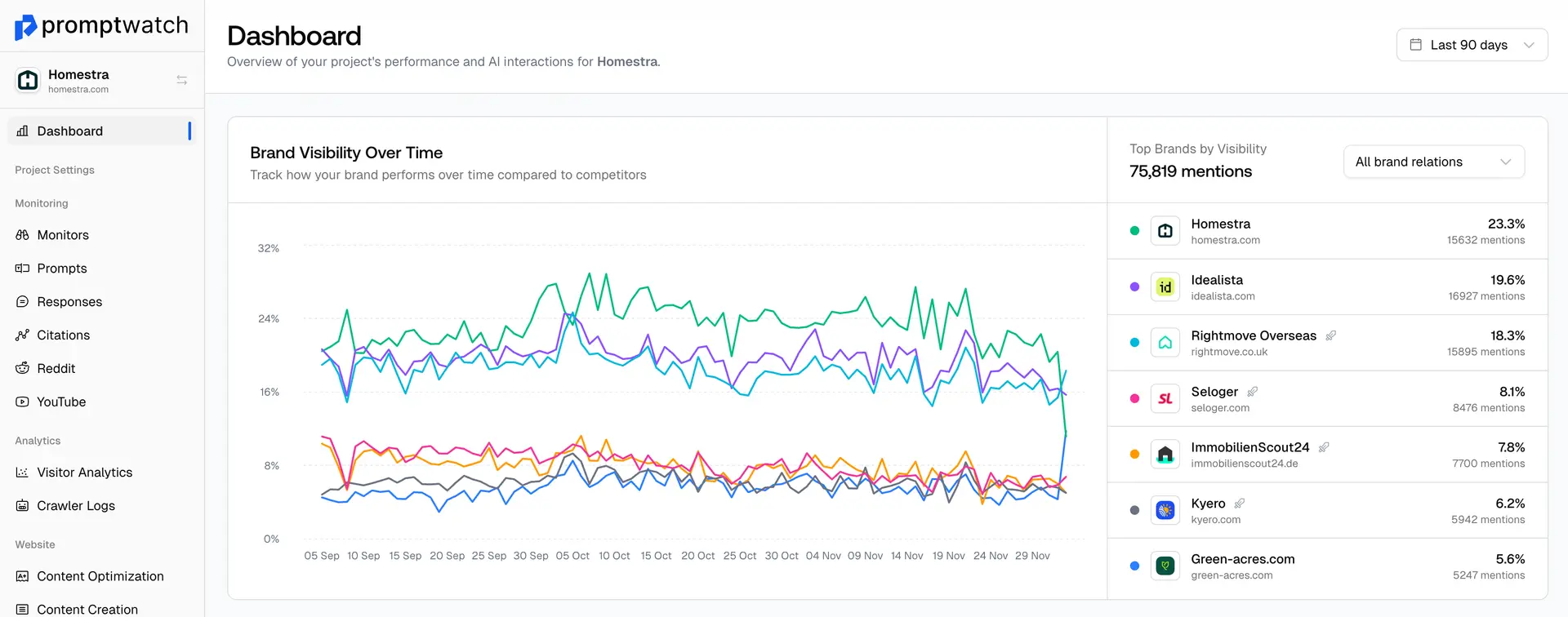Definition
Search Experience Optimization (SXO) represents the evolution of SEO into a more comprehensive discipline that prioritizes the entire user journey through search interactions. While traditional SEO focuses primarily on ranking factors and technical optimization, SXO takes a holistic approach that considers how users discover, interact with, and engage with content throughout their search experience.
SXO recognizes that search engines increasingly prioritize user satisfaction and experience signals when determining rankings and relevance. This approach combines technical SEO, user experience design, content strategy, and performance optimization to create search experiences that not only rank well but also genuinely serve user needs and expectations.
Key principles of SXO include understanding user search journeys and touchpoints, optimizing for user intent at every stage of the search process, creating seamless experiences across different devices and platforms, measuring user satisfaction and engagement signals, and continuously improving based on user behavior and feedback.
In the AI era, SXO becomes even more important because AI systems consider user experience signals when evaluating content quality and relevance. Websites that provide excellent search experiences are more likely to be favored by both traditional search algorithms and AI systems that prioritize user satisfaction.
Effective SXO strategies involve optimizing page loading speed and Core Web Vitals, creating intuitive site navigation and information architecture, ensuring content matches user intent and expectations, implementing mobile-first design principles, and measuring user engagement and satisfaction metrics throughout the search experience.
Examples of Search Experience Optimization (SXO)
- An e-commerce site implementing SXO by optimizing product pages with fast loading, clear navigation, detailed specifications, and easy checkout processes
- A blog improving SXO through better content organization, internal linking, fast loading times, and clear content formatting
- A local business enhancing SXO by optimizing Google My Business profiles, ensuring mobile responsiveness, and providing comprehensive local information
- A SaaS company improving SXO through intuitive onboarding, clear pricing pages, and responsive customer support integration
